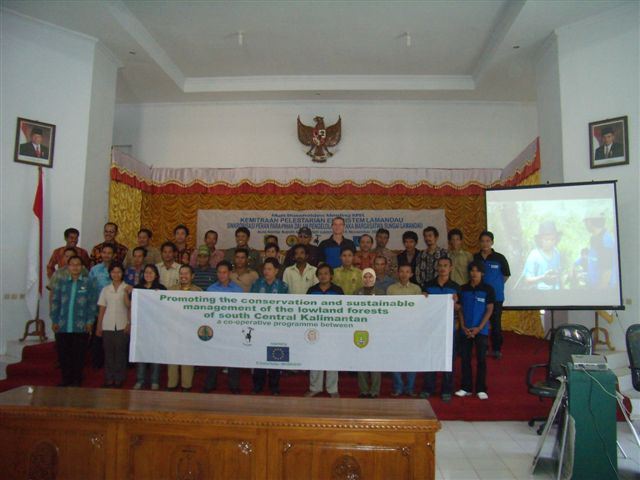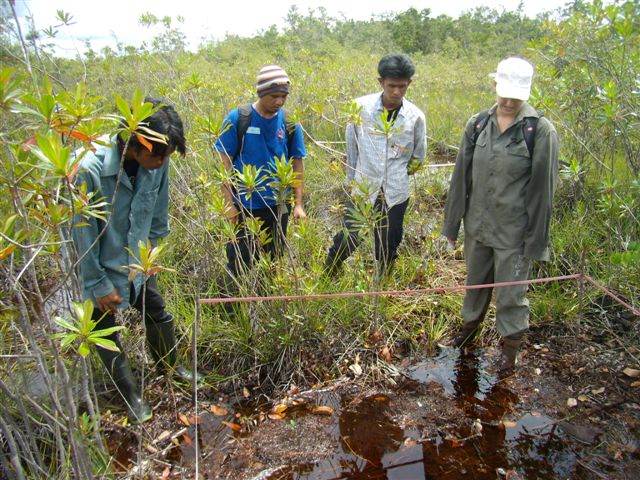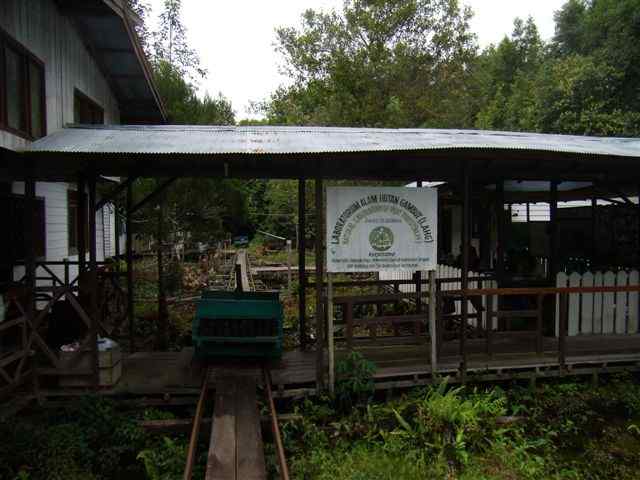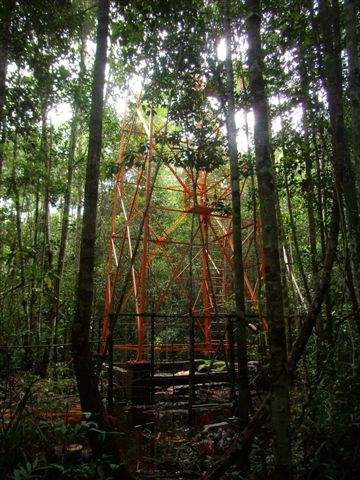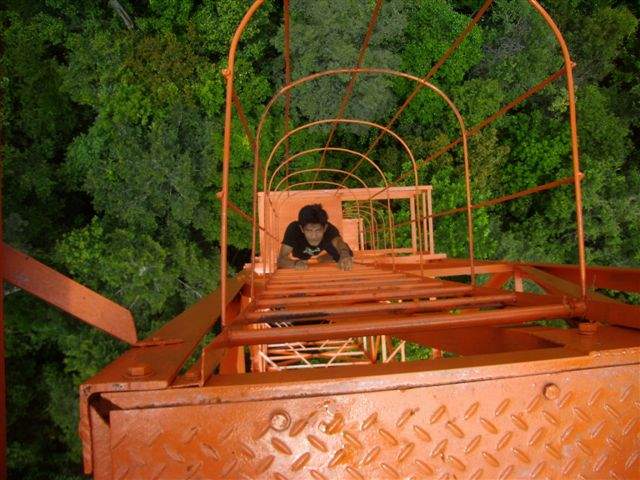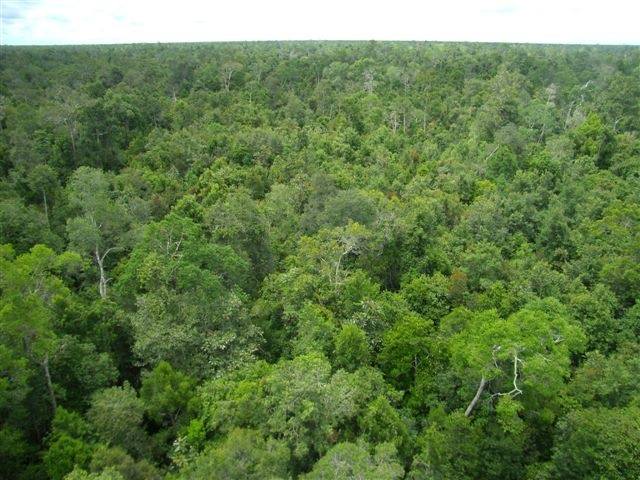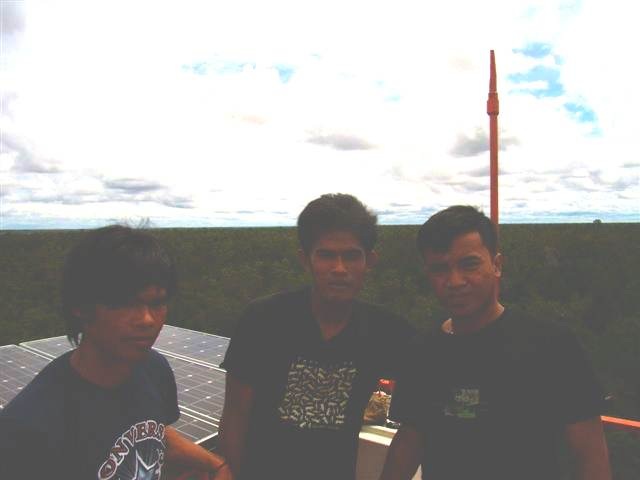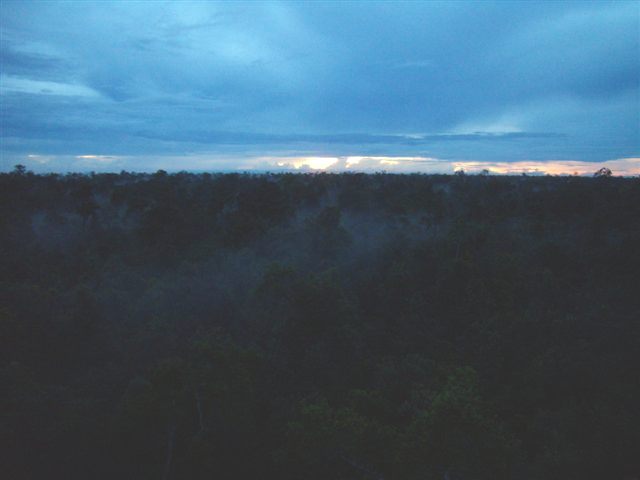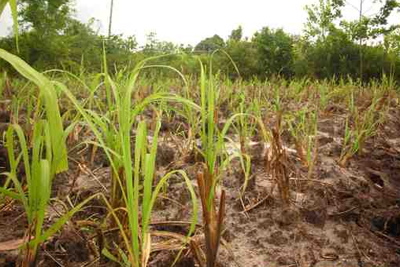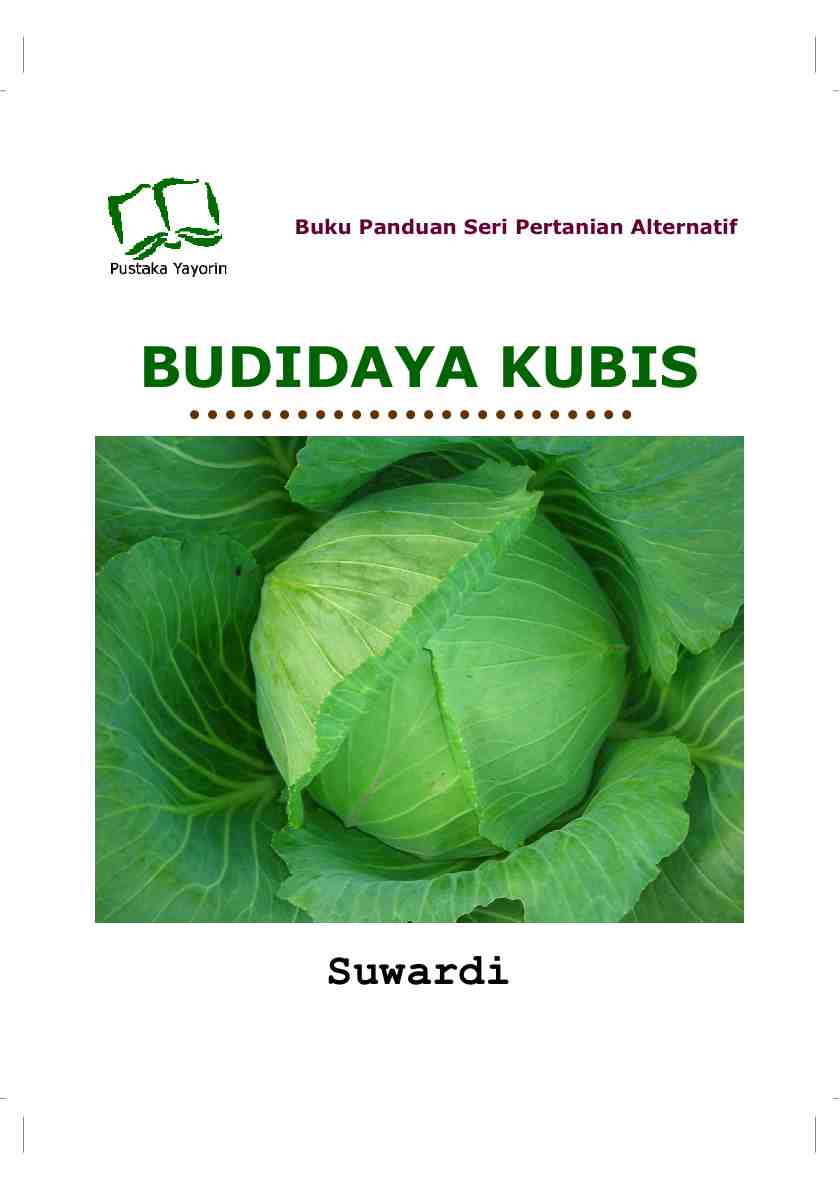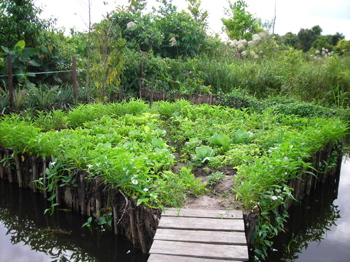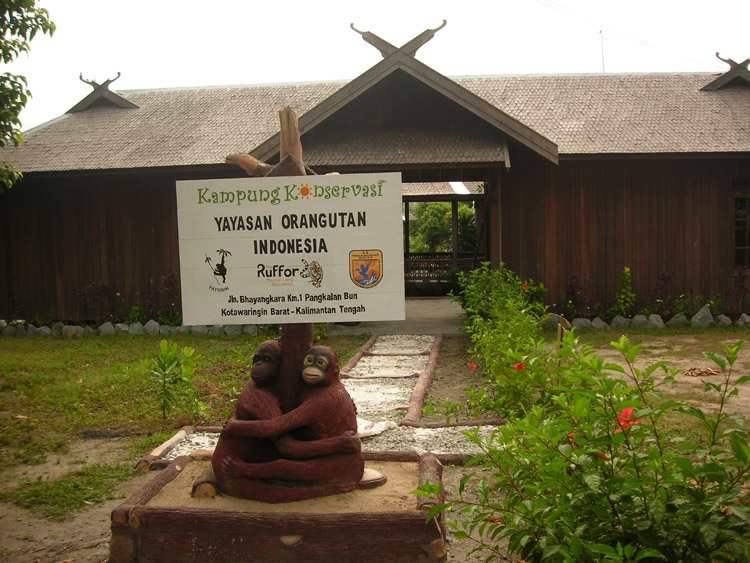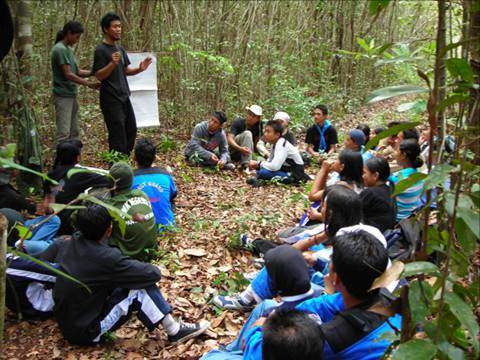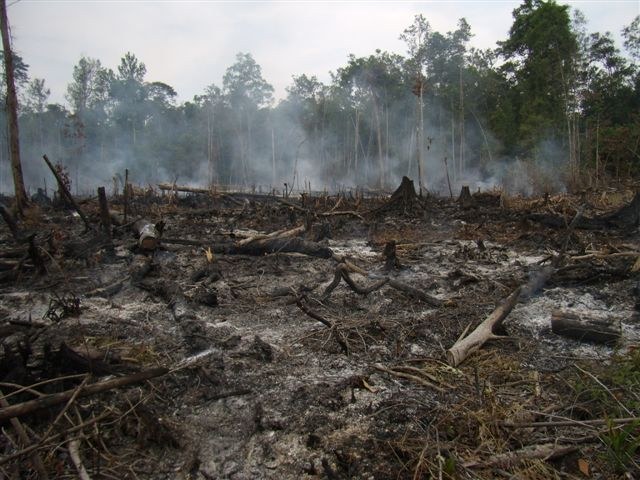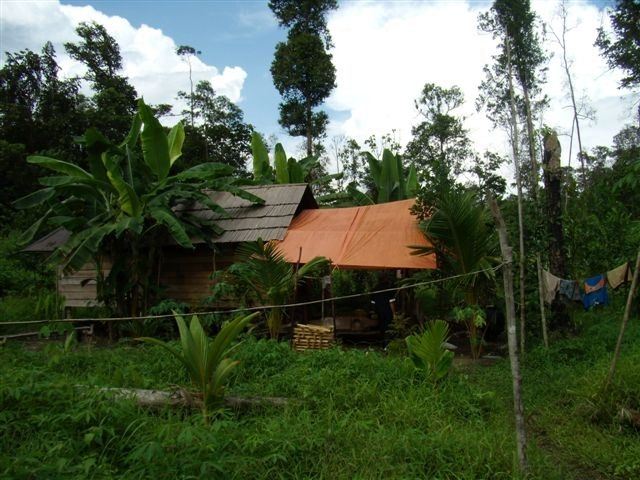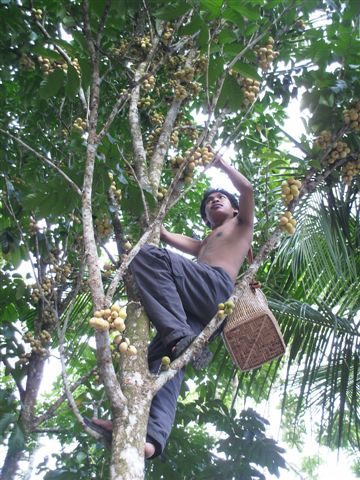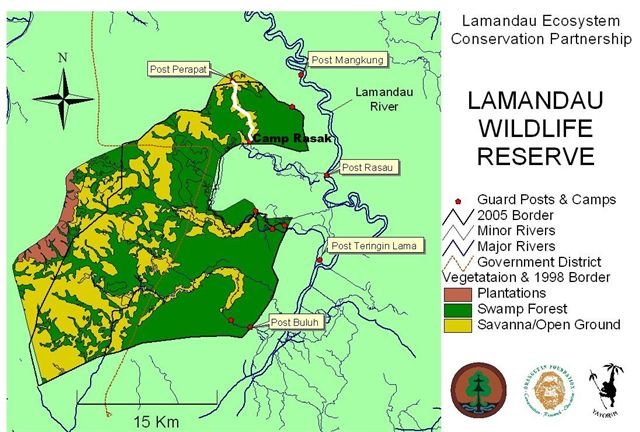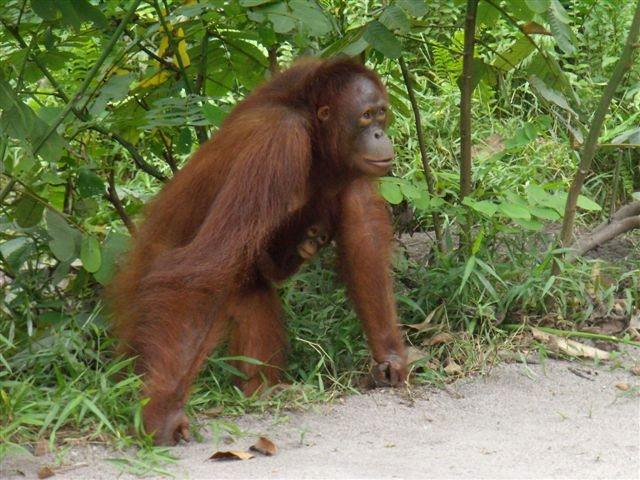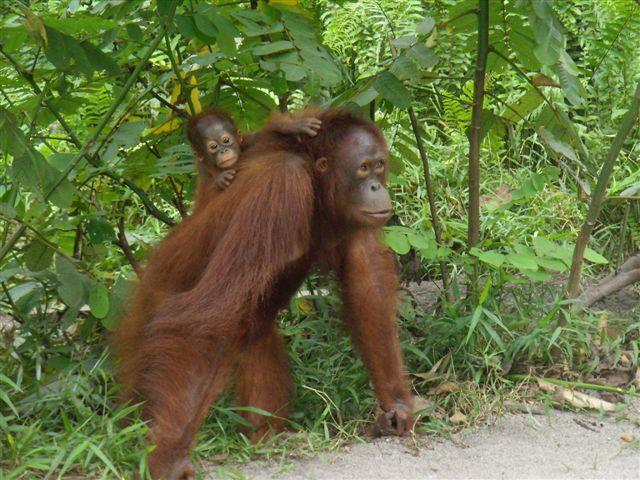Here, there and everywhere!
I hope the orangutans appreciate it! In the past two weeks, I have gone from Pangkalan Bun to Jakarta and back, Sukamara and back, and finally to Sebangau National Park and back; the last journey involving a cramped 10 hour overnight bus ride. In all that time, while I have seen their nests, I did not once lay eyes on a wild orangutan :-( This is an extraordinary amount of travelling, particularly so late in the year which is usually our quiet time. The meetings in Jakarta concerned the potential for protecting forests through the carbon markets, a process know as “Reducing Emissions from Deforestation and Forest Degradation” or REDD. REDD as a conservation tool is in its infancy though many groups are exploring how it could be applied in Indonesia.
Multi-stakeholder meeting with communities surrounding the Lamandau Reserve.
We went to Sukamara for a “Multi-stakeholders Meeting” when we bring together representatives from all the communities surrounding the Lamandau Wildlife Reserve as well as the local Government. The two-day meeting was a great success, helping us set our plans and targets for next year. Truly, we are receiving an incredible amount of support from the local Government.
The trip to Sebangau was arguably the most interesting, not least because I had never been there before. Sebangau was only designated a National Park in 2004 and yet is home to arguably the largest population of orangutans in any national park. Estimates consistently show a population of over 6,000 orangutans. Our reforestation team and I travelled there to see the land rehabilitation research being undertaken by the Centre for International Co-operation in Management of Tropical Peatlands (CIMTROP).
Research into peat swamp rehabilitation.
CIMTROP's is a pure research project, experimenting with different techniques, habitat types and tree-species to find what works best in degraded swamps. Our work is rather more applied – we want to cover a much larger area than the research project does but there is no sense in reinventing the wheel, or worse, repeating mistakes already made, so it was a valuable visit.
Interestingly, at the edge of the CIMTROP study area a team of Japanese scientists have erected an environmental monitoring tower which is some 40m high. I have always wanted to have an observation tower in Lamandau. Having climbed to the top you had to conclude the view was great.
The climb. Not one for the faint-hearted!
The view
Isam -Orangutan Foundation Land Manager at the top of the tower
Orangutan Foundation's Reforestation Team looking a little tense on top of the tower!
Sunset
Isam, our Land Manager who had never been anywhere near as high in his whole life, was finally persuaded to let go of the hand rail. Once on the ground though he did agree the climb was an adventure worth having.
Thank you Patrik W, Lucia C, Mia B and Wanda H for your recent donations. We really appreciate your support. We are now only $205 short from reaching our $5,000 target – please help us reach this by the end of November.
Thank you,
Stephen


